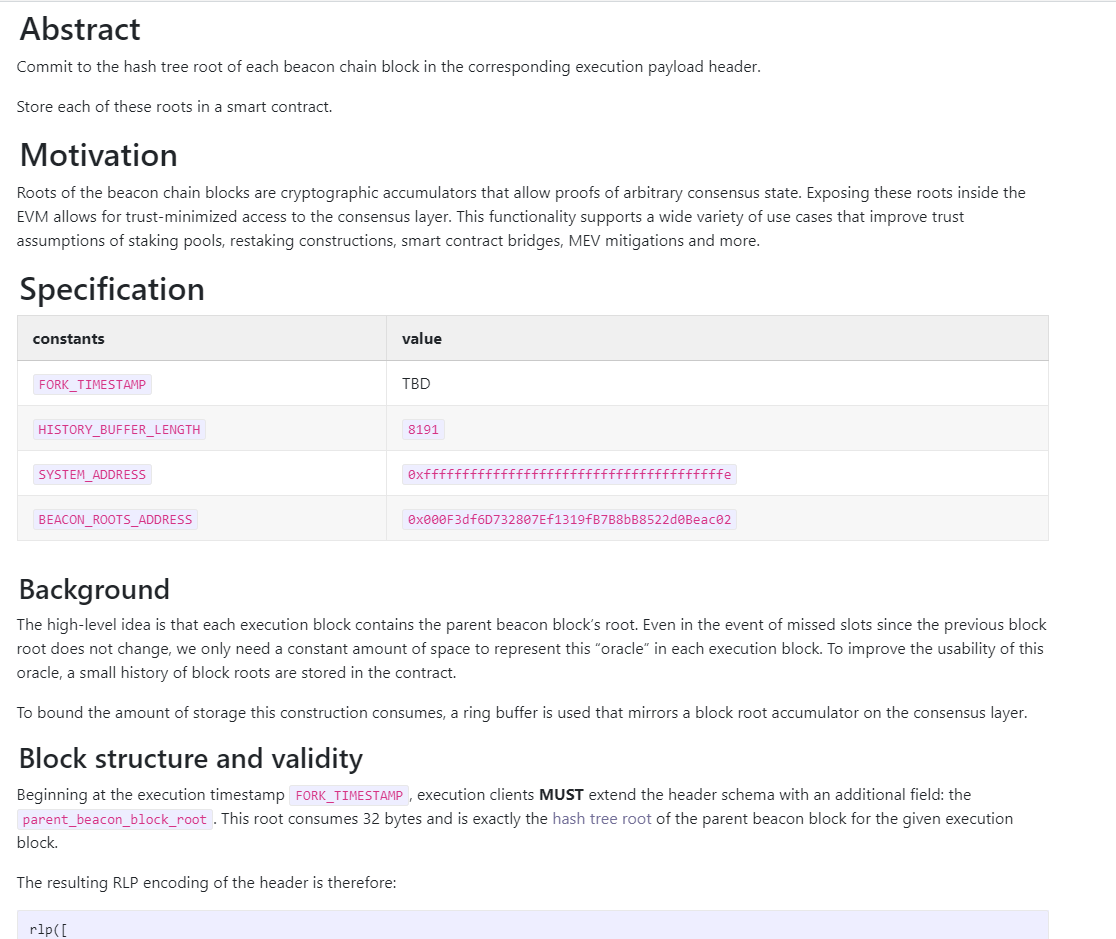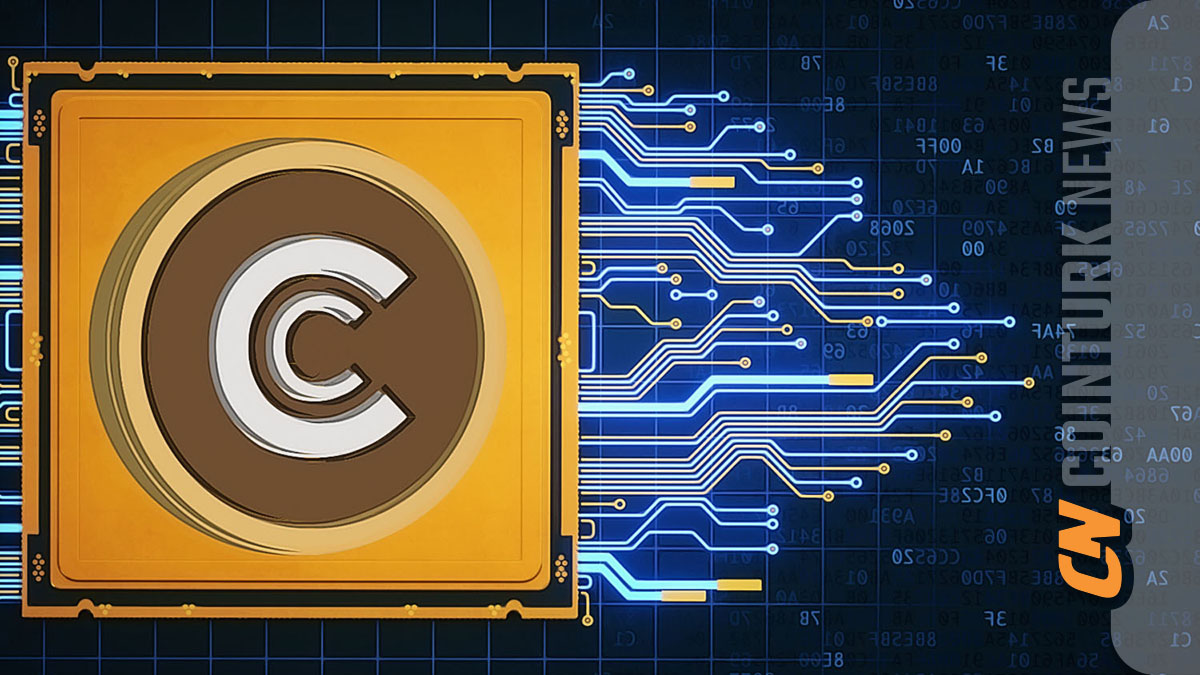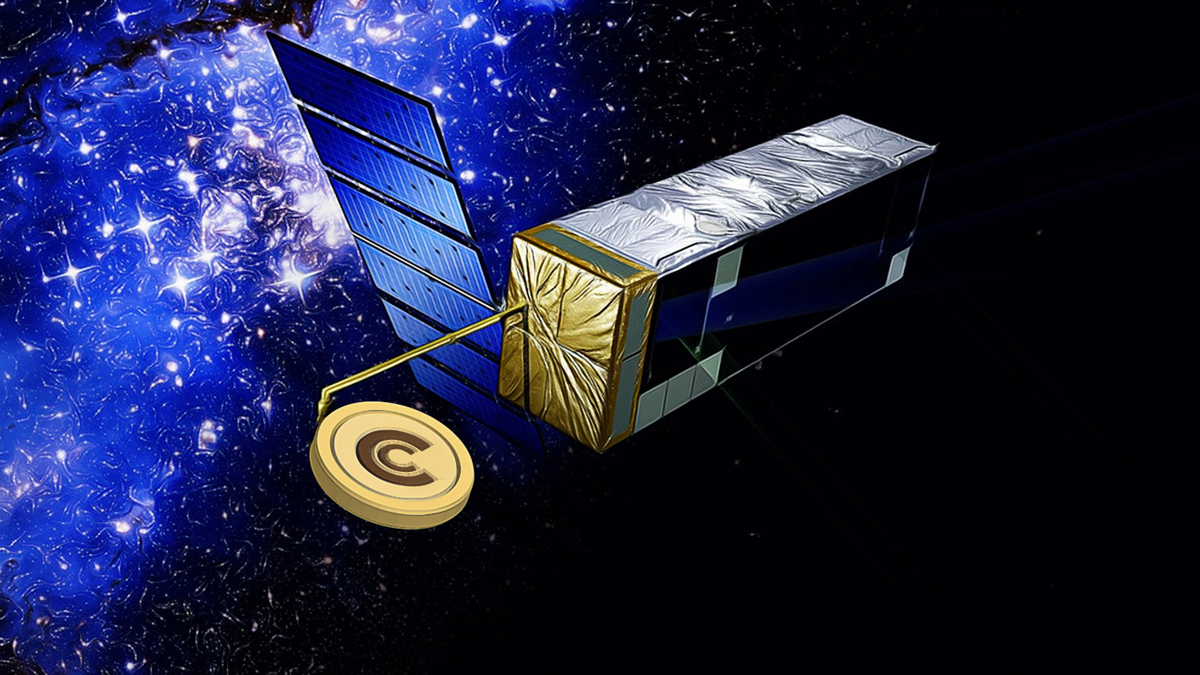According to a note published on the official Ethereum Github repository, the Ethereum network’s upcoming upgrade, also known as Cancun-Deneb or Dencun, will begin testing on January 17. The upgrade will first be applied to the Goerli test network, followed by Sepolia on January 30, and Holesky on February 7. The Ethereum team has not yet announced when Dencun will be implemented on the main network.
New Upgrade in the Ethereum Ecosystem
The new upgrade to the Ethereum ecosystem includes various tools aimed at reducing fees, allowing new features for bridges and staking pools, and limiting the use of many transactions in smart contracts. According to developer documents, Dencun will include the Ethereum Improvement Proposal (EIP) 4844, also known as proto-danksharding. This step will allow Layer-2 rollup networks like Arbitrum, Base, Polygon zkEVM, and others to temporarily store certain transaction data using a new format called blobs.
While blobs can be deleted after 18 days, the current practice is to include application data in the CALLDATA field and keep it on the blockchain indefinitely. Ethereum developers believe that proto-danksharding will significantly reduce transaction fees in Layer-2 ecosystems.
Notable Details of the Upgrade
The upgrade also includes several other proposals, such as EIP-1153, which introduces a temporary storage system to further reduce costs, and EIP-4788, which increases transparency by storing the infrastructure of every Beacon chain block in a smart contract that can be queried by applications. Developers expect the data provided by EIP-4788 to be used in new features for bridges and stake pools.

In addition, Dencun includes a proposal, EIP-6780, aimed at limiting the use of a self-destruct keyword. Currently, if embedded in a contract before deployment, self-destruct can be used to erase a smart contract’s code and send all its funds to the deploying account.
After Dencun, this keyword will not erase the code unless called within the same transaction in which it was deployed. However, if the keyword is called in a future transaction, it will continue to transfer all funds to the deployer. Ethereum upgrades are typically tested for several months before being deployed to the main network. The previous deployment, codenamed Shapella, began testing on February 7 and was transferred to the main network on April 12.

 Türkçe
Türkçe Español
Español









